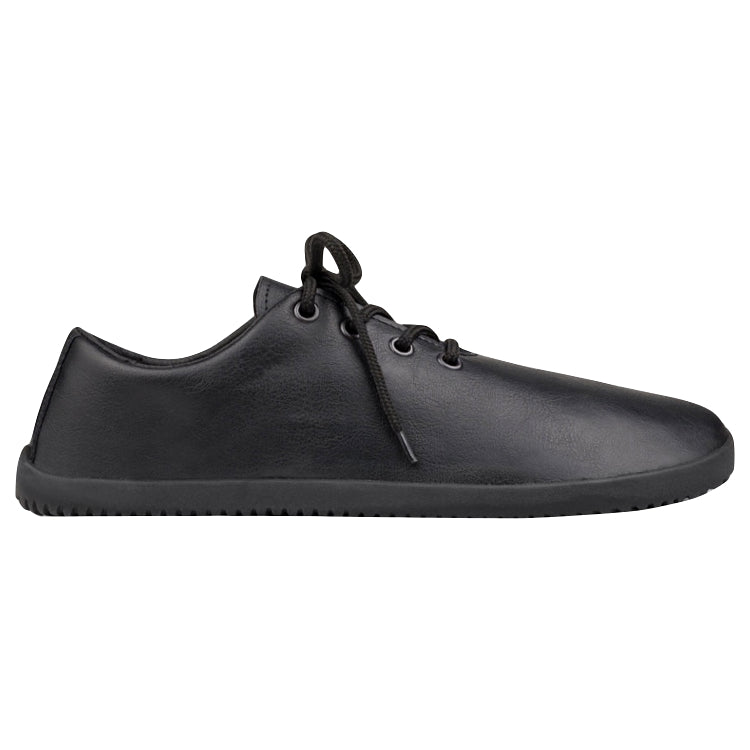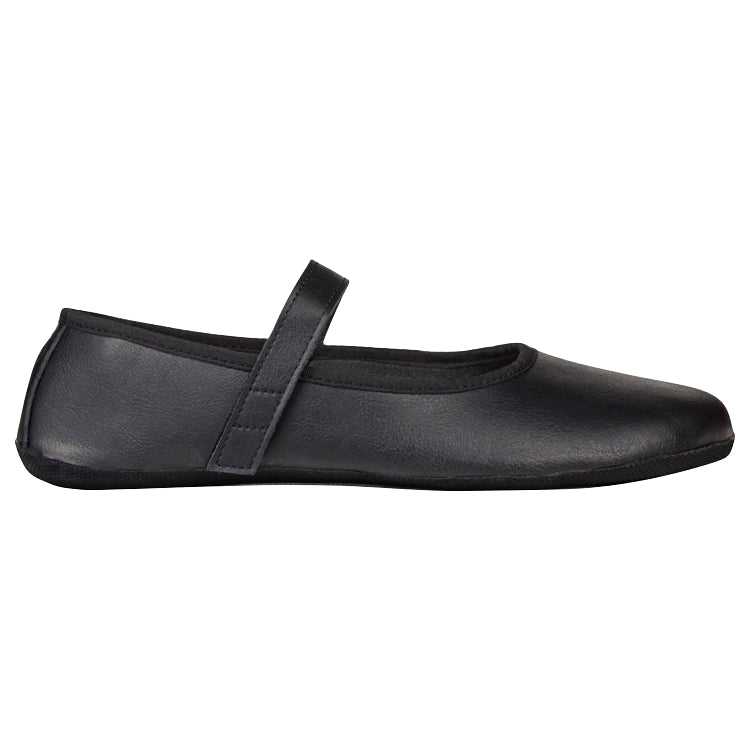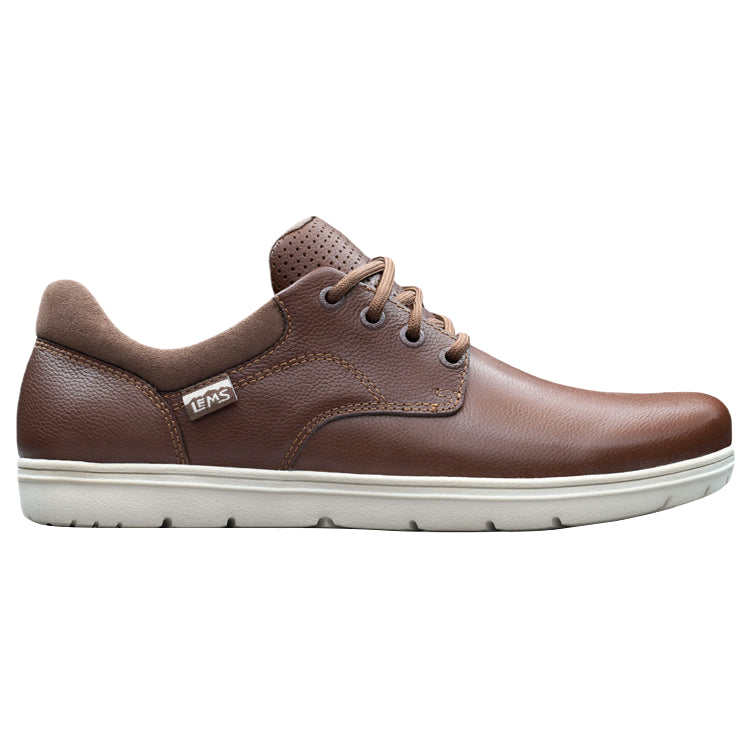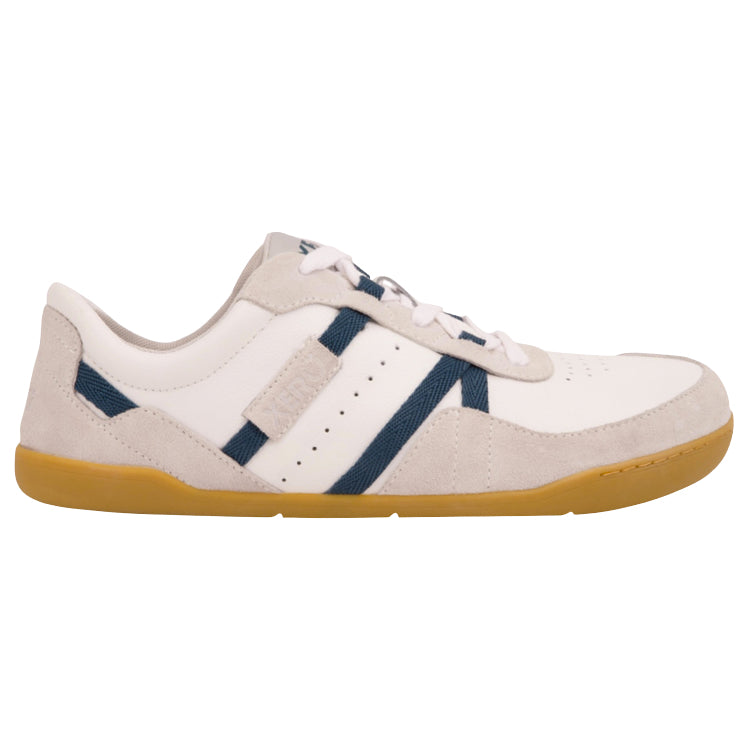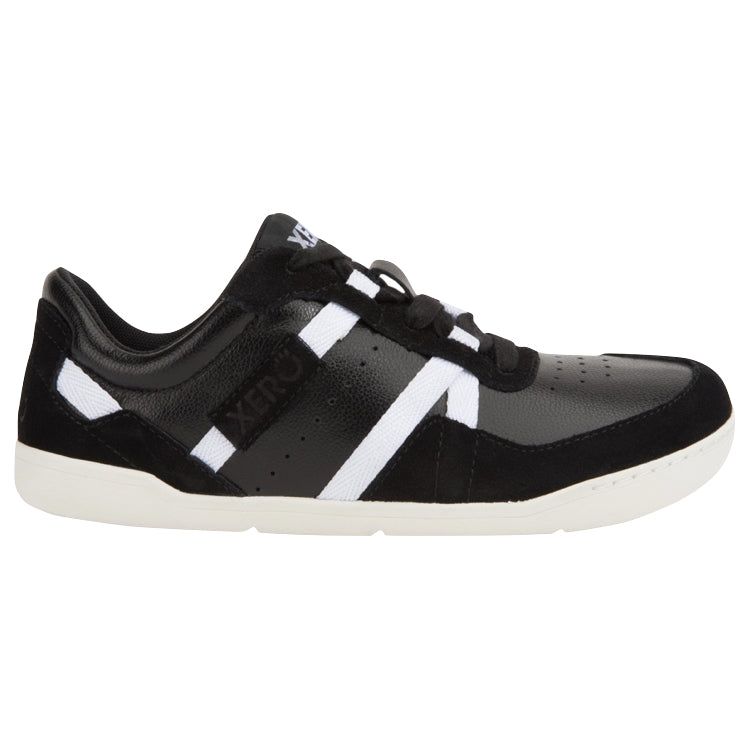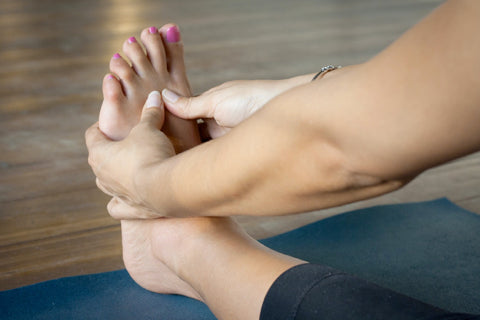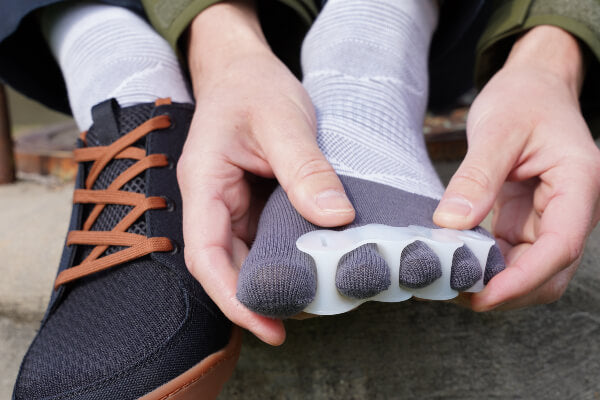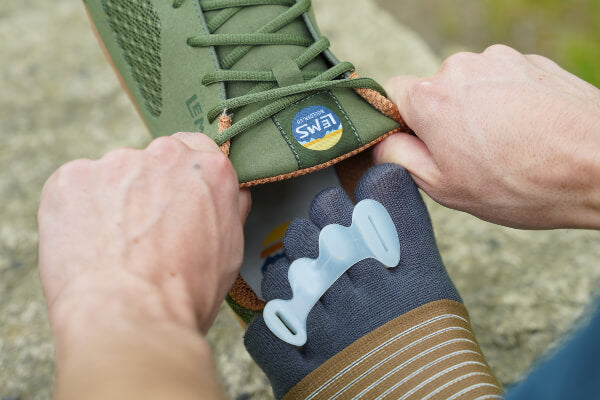
This is such an important—and incredibly common—question. First, let us say: We hear you. Foot pain, especially when it lingers despite your best efforts, can be both frustrating and disheartening. You’re trying to make informed, intentional choices, and yet something still doesn’t feel right. That gap between effort and outcome is precisely what led us, as doctors and educators, to launch Natural Footgear in the first place. We wanted to uncover what truly supports long-term foot health, not just what sounds good or sells well.
The word “sensible” gets thrown around a lot in the footwear world, but we’ve found that many so-called “sensible” shoes still carry hidden compromises. Narrow toe boxes that force the big toe inward. Elevated heels that tilt your posture and strain your joints. Cushioned, rigid soles that silence your foot’s natural ability to sense and respond to the ground. These design elements are so common they’re often invisible—but over time, they can quietly undermine your foot’s structural integrity and function, even if the shoe is marketed as “supportive” or “orthopedic.”
What’s missing from most mainstream advice is a deeper understanding of foot anatomy and its relationship to the rest of the body. Your feet are meant to move, flex, splay, and bear weight in a very particular way—one that many modern shoes simply don’t allow. Pain often arises not from a single “bad” choice but from years (or decades) of subtle misalignments and mechanical stress. Switching to healthier footwear is a crucial step, but depending on your history, your feet might need more than just a new pair of shoes—they might need time, retraining, and very specific forms of rehabilitation to regain their natural function.
That is why we always recommend a comprehensive, systems-based approach to foot health. This includes natural footwear for men and women, yes, but also toe spacers to realign the toes, foot-healthy socks that don’t compress, various tools to help restore foot strength and resiliency, and daily exercises to wake up long-dormant muscles. It’s a process of restoration, not just replacement. And like any meaningful process, it takes time, patience, and a willingness to listen closely to your body—even if that means questioning advice that came with confidence but may have lacked some context.
You're not alone in this, and you're not doing anything wrong. In fact, asking this question shows that you're on the right track—you're noticing what’s not working, and that awareness is the first step toward real change. We encourage you to explore the full range of natural foot health tools and info on our site and to approach your healing journey as just that: A journey. We’re here to walk it with you, and we're happy to answer any additional questions you might have about the natural foot health approach and philosophy.

WANT TO IMPROVE YOUR FOOT HEALTH?
Let the team at Natural Footgear help you! Subscribe to our newsletter for the latest offers and helpful info, and sign up for our FREE email courses on various topics and foot health conditions.
Sign Up →
Want to Improve Your Foot Health?
We are here to help you every step of the way. Get our newsletter for the latest offers and helpful info, and sign up for our FREE email courses on various topics and conditions, including bunions, hammertoes, neuromas, plantar fasciosis, shin splints, ingrown toenails, and more.
Sign Up →
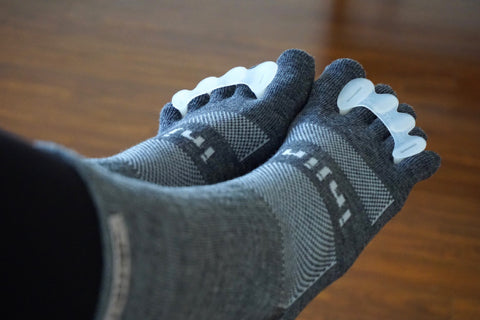 A natural approach to bunion rehabilitation can, in many cases, be very helpful in preventing the deformity from getting worse, though this always depends on the severity of the bunion and how long the problem has existed before beginning a foot and toe rehabilitation program. In our experience, we have found that the Big Toe Stretch is an effective frontline approach in preventing the worsening of a bunion. This exercise...
Read more
A natural approach to bunion rehabilitation can, in many cases, be very helpful in preventing the deformity from getting worse, though this always depends on the severity of the bunion and how long the problem has existed before beginning a foot and toe rehabilitation program. In our experience, we have found that the Big Toe Stretch is an effective frontline approach in preventing the worsening of a bunion. This exercise...
Read more



